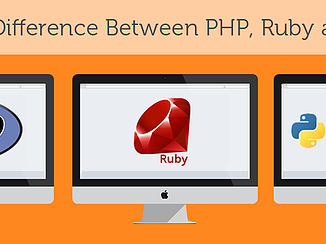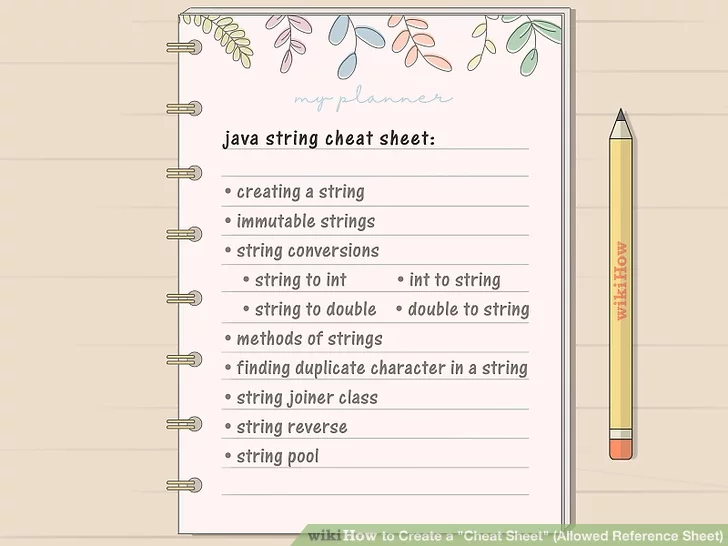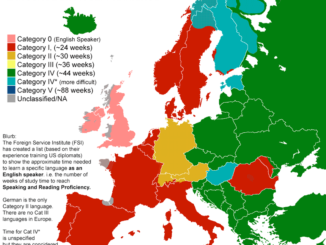
It was a while ago I learned that Ms. Asako Mizuno, my friend and a respectable translator and expert of languages, published this book. I had been procrastinating on purchasing her book with my worst excuse: being too busy. This is a Japanese book that was published in Japan. Since I live in San Francisco, I thought for a long time about how to get it. Additionally, I thought it would be available in the Kinokuniya Japanese Bookshop in downtown San Francisco, but I did not visit the bookshop for a long time. As soon as I finished reading this book, I regretted that I had not bought it sooner.
This book, based on the author’s experience of success, was written to advise translators. I am not a translator, but the book was so well-written that I wish I could use the author’s advice. I am sure I would enjoy trying out her ideas, if I could. The author first touches upon the macro view, such as the purpose of the work and how to accomplish it. At the same time, she shows micro details, such as how to set up your word processing software to work for you. This is a book that you’ll mark up and write in often.
Directly after the author’s biography and background is listed, she discusses how to shorten time spent on translation. She discusses “specification,” which helps translators shorten their time, and doesn’t waste readers’ time by discussing general concepts or definitions. She wastes no words, no time, and no explanation. I can imagine her in a no-nonsense position based on her work. My impression after I had finished about one third of the book was that the author keenly approaches the true nature of work in general.
I will not go into too much detail because I hope readers will read this book. As a person who writes in both Japanese and English, I totally agree with the author’s prominent opinions: information is the basis for almost everything, the most important element in translation (any foreign language work) is not linguistic ability, and the most critical component is a person’s ability with his or her own language. The author’s most useful advice is that one should not forget the ultimate purpose of his or her work, although it is not unusual to forget the purpose for additional works such as setting up a PC or software.
Having said that, the author’s advice on how to use PCs and software is outstanding. She was neither bound by the framework of being a translator nor influenced by the presumption of how a PC works. Her keen eyes are always focused on the final goal of completing her work without forgetting the crucial element of how to complete it efficiently.
I strongly recommend this book not only to people who engage in translation or linguistic work, but also to entrepreneurs who operate their own businesses. Her book is valuable to people who want to learn to think outside of the box or change their way of thinking.
Proudly WWW.PONIREVO.COM
by Shaw Funami



